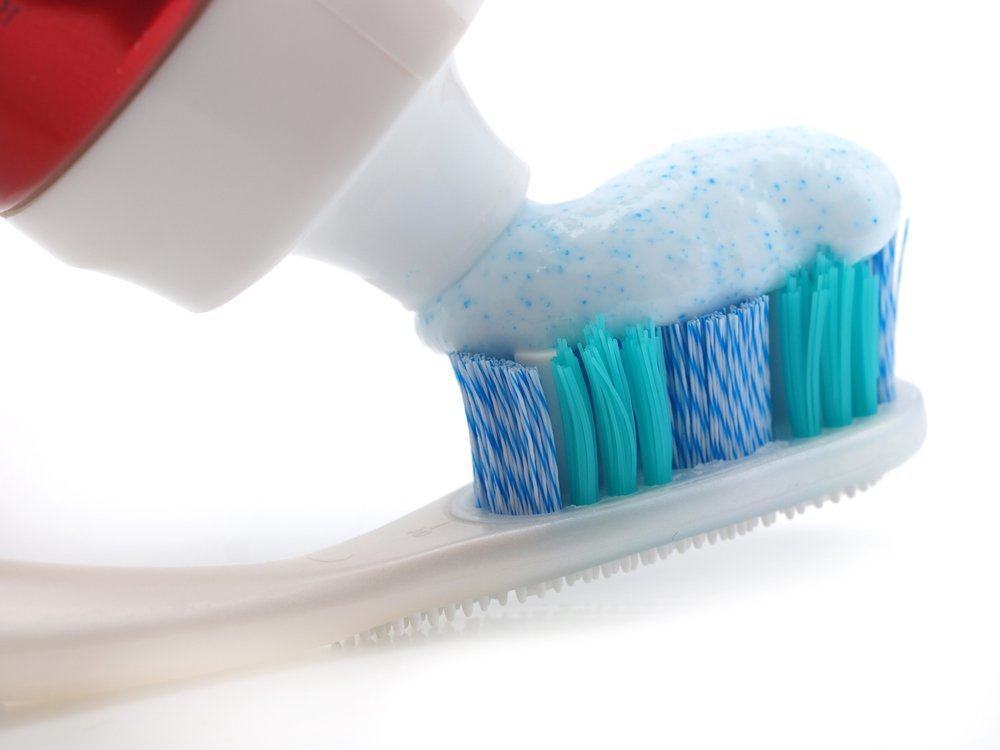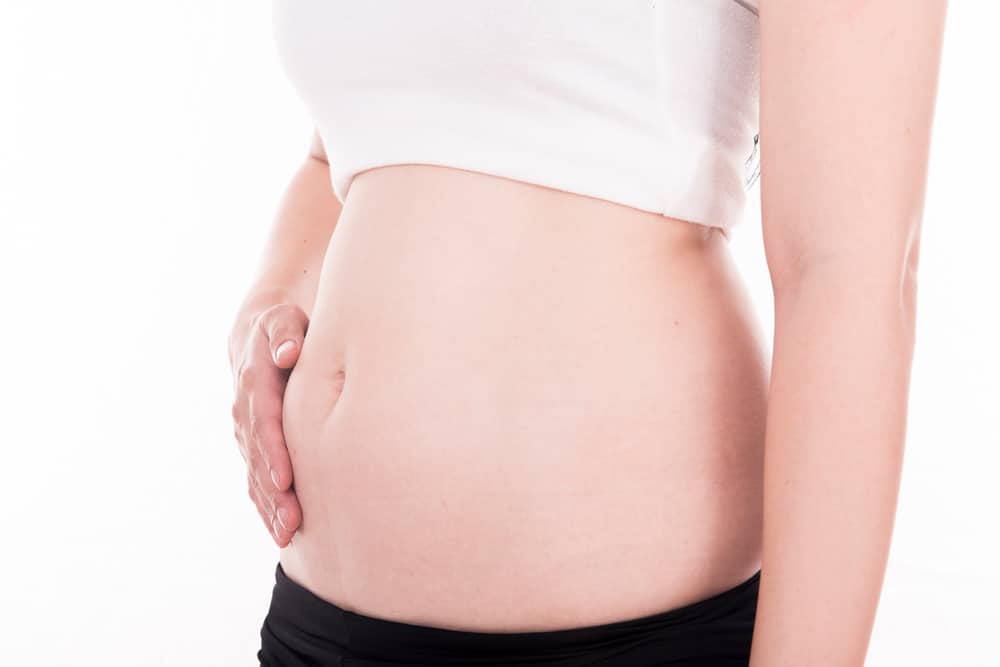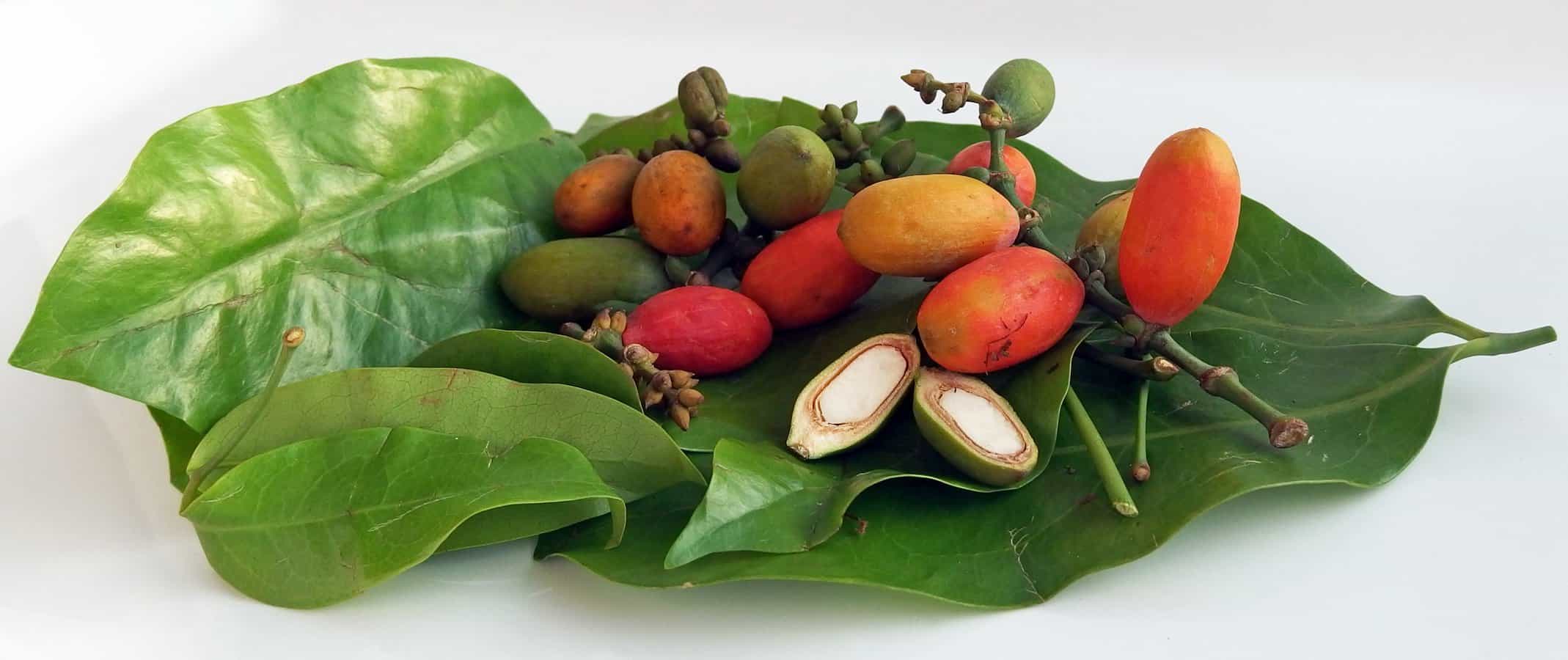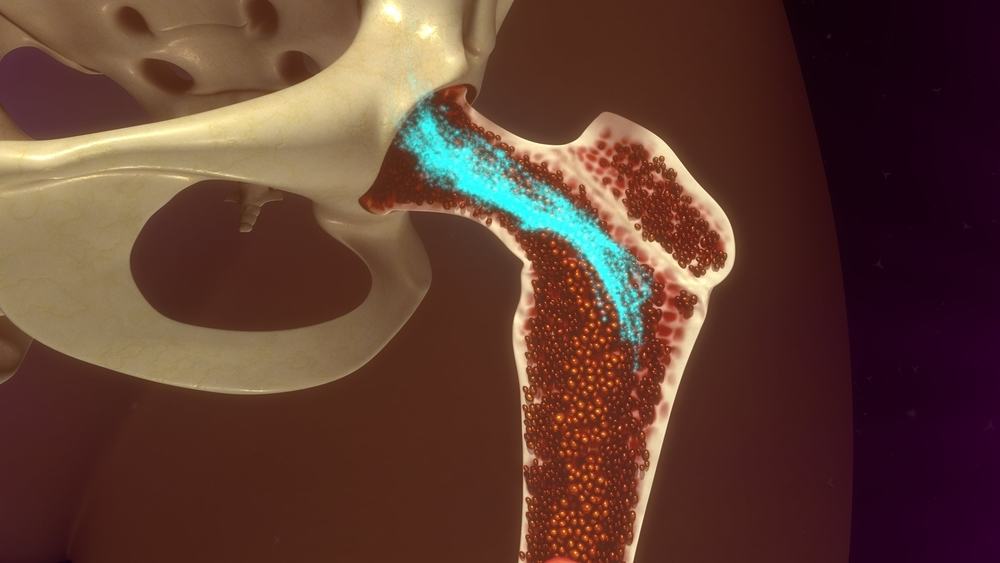Contents:
- Medical Video: Toothpaste | Ingredients With George Zaidan (Episode 1)
- The content in toothpaste
- What is the function of fluoride in toothpaste?
- What happens if there is too much fluoride?
- Choosing toothpaste for children
Medical Video: Toothpaste | Ingredients With George Zaidan (Episode 1)
Toothpaste has become a daily necessity that must be purchased when shopping at a supermarket. Every day at least two toothpastes are used to clean teeth at least twice. Toothpaste has many flavors and is also sold in a variety of specific functions, such as toothpaste with the function of whitening teeth, cleaning and protecting teeth from bacteria, making the mouth feel fresh all day, preventing cavities, and much more.
Actually, what is the content contained in toothpaste so it is very beneficial for teeth?
The content in toothpaste
Some ingredients in toothpaste are:
- Abrasive agent. It is a crude material, such as calcium carbonate, dicalcium phosphate dihydrate, and magnesium trisilicate. An abrasive agent serves to help expel food scraps, bacteria, and some stains on the teeth.
- Feeling. Artificial sweeteners, including saccharin, which is often added to toothpaste to make it taste better. The taste of toothpaste is usually a mixture of several components. Toothpaste is available in many flavors, such as mint, lemon-lime, and even the taste of chewing gum and fruits (for children). The majority of people prefer toothpaste that has mint flavor that makes the mouth feel fresh and clean, even if only for a few minutes. This sensation usually arises because the content of taste and detergent in toothpaste causes mild irritation to the oral mucosa.
- Dye. Also added to toothpaste, such as titanium dioxide for white paste and various food coloring for colored paste or gel.
- Humectant. Used in toothpaste to prevent loss of water in toothpaste so that the toothpaste does not become hard when exposed to air when opened. The most commonly used humectants are glycerol and sorbitol. Large doses of sorbitol can cause diarrhea because it acts as an osmotic laxative. FAO / WHO recommends the use of sorbitol to be limited to 150 mg / kg / day. Therefore, the use of 60-70% toothpaste containing sorbitol by young children must be monitored by parents.
- Binding agent. The binding agent is a hydrophilic colloid that binds water and is used to stabilize toothpaste formulations by preventing the separation of solid and liquid phases. Examples of binding agents used are natural rubber (karaya and tragacanth), seaweed colloid (alginate and carrageenan rubber), and synthetic cellulose (carboxymethyl cellulose and hydroxyethyl cellulose).
- Detergent. Detergents, such as sodium lauryl sulfate, produce foam when you brush your teeth. Detergents help remove piles and plaque emulsions on the teeth.
One more important toothpaste content is fluoride.
What is the function of fluoride in toothpaste?
Fluoride is very important for dental health because the use of fluoride in toothpaste can reduce the risk of dental caries. As reported by dentalhealth, the decline in the prevalence of dental caries recorded in developed countries over the past 30 years can be attributed to the widespread use of toothpaste containing fluoride. Today, many toothpastes contain 0.1% (1000 ppm) of fluoride, usually in the form of sodium monofluorophosphate (MFP). 100 g of toothpaste containing 0.76 g of MFP (equivalent to 0.1 g of fluoride).
Bacteria in the mouth live from sugars and starches that stick to the teeth after eating. Fluoride helps protect teeth from acids released by bacteria when eating sugar and starch. This is done in two ways. First, fluoride makes tooth enamel stronger so it is less likely for tooth decay to occur because the acid is released by bacteria. Second, fluoride can mineralize areas of tooth that have started to rot so that tooth decay does not occur quickly.
What happens if there is too much fluoride?
The fluoride content that exceeds the limit on toothpaste can also damage teeth. Tooth decay caused by very high levels of fluoride exposed teeth is called fluorosis. Fluorosis usually occurs in children. Fluorosis occurs because a child's teeth are exposed to high fluoride in toothpaste when an 8-year-old child has a new permanent tooth growing.
Another thing that can cause fluorosis in children is because the child intentionally swallows his toothpaste. Maybe it's because it tastes good like candy so they think they want to eat it. The impact of fluorosis is the child's tooth color changes, can darker tooth colors range from yellow to brown or white marks / spots on the teeth.
Choosing toothpaste for children
Choose the right toothpaste for your child, which is a special toothpaste for children. Usually toothpaste for children contains fluoride lower than usual toothpaste, which is less than 600 ppm. However, the selection of containing toothpaste fluoride very low, which is 250 ppm, it is considered less effective in preventing caries in permanent teeth.
READ ALSO:
- Brushing your tongue is as important as brushing your teeth
- 3 Natural Recipes for Whitening Yellow Teeth
- Is it true that Fluoride in bottled water is dangerous for health?












